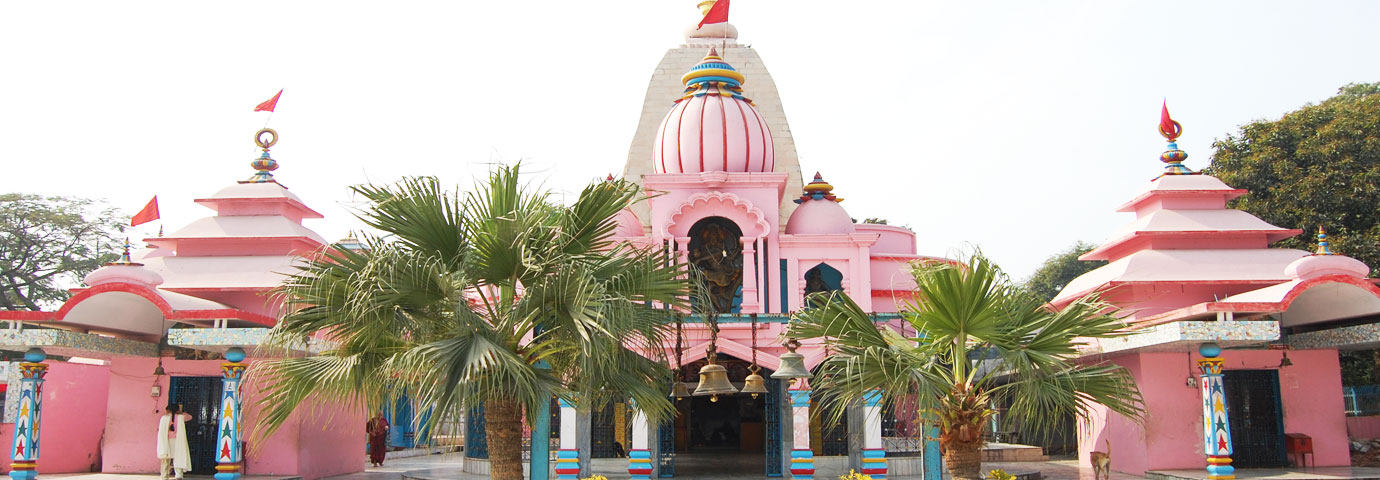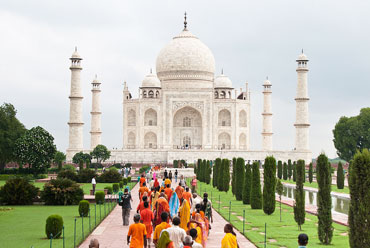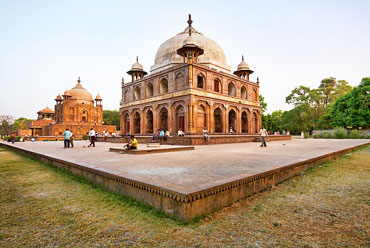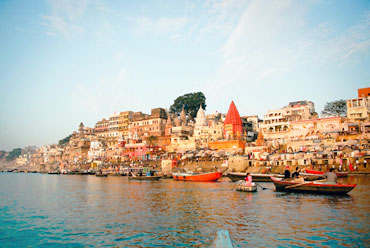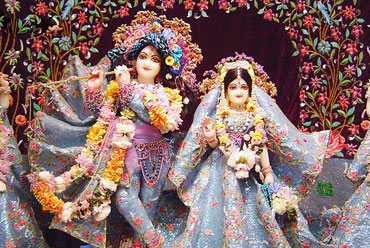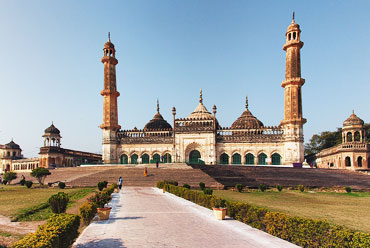Tourist Attractions in Kannauj
Archeological findings reveal that Kannauj was once the foremost city of northern India where once art and culture flourished. Every now and then pottery, coins, terra cotta and sculpture are dug up by the common man in the course of work while ploughing his land or digging the foundation for construction of a house. Till very recently all the excavated material lay scattered among different families of Kannauj and in private collections. These have been now collected and are on display under one roof at the Government Archaeological Museum, Kannauj. The terra-cotta figurines unearthed here represent Gods and Goddesses, male and female figurines and animal figurines. They belong to different periods of history stretching from the Maurya period of 325 BC right down to the Gupta period AD (319-600). Some pre-historic bone implements have also been found.
Several Ekmukhi (with one face) and Chaturmukhi (four faced) faced lingas have been found in Kannauj. One such Ekmukhi lingam bearing Shiva's wife Gauri's head on one side has been in worshiped for ages by the Mankharis. Harsha was reputed to be a devout Hindu, who made generous donations to different sects. During his time, one thousands priests were employed in the worship of this Ekmukhi shivling at the Gauri Temple as has been recorded by Hiuen Tsang.
The 500 years old Siddheswar temple on the Ganges draws a large number of devotees during Sharad Purnima (full moon in October). After a holy dip in the river, they offer prayers at the temple. The otherwise quiet riverbank gets transformed into a bustling Mela or fair ground in a matter of a few hours.
PERFUME MAKING IN KANNAUJ - While history hangs heavy in every corner, the present is no less interesting in Kannauj. It has a thriving flavor and fragrance industry. Many interesting stories abound about how Kannauj came to occupy the center of this industry. Harsha Vardhan himself was known to use perfumes and fragrant anointment. He encouraged and patronized the development of fragrances. He also gifted fragrant material to outsiders who visited him. That is how Kannauj's reputation as a center of perfumery spread far and wide.
The traditional Deg-Bhapka method of attar making practiced even today, bears striking resemblance to the ancient distillation equipment at Taxila. Copper stills and receivers are used. Great quantities of flowers or herbs are heated and the vapours condensed and absorbed into a fixer which is sandalwood oil. A large number of skilled workers are engaged in attar making. They are adept in knowing exactly when to step up the heat by inserting an extra wooden log in the furnace, or when to arrest the distillation by simply wrapping a wet cloth around the still. Methods used are crude but effective. The attar when ready is poured into circular camel leather bottles for sedimentation and removal of moisture. Small baked clay teacups are used as raw material to extract the delicate aroma that emerges when rainwater falls on sun-parched soil. It is one of those elusive fragrances that defy all description. One simply has to experience it.

